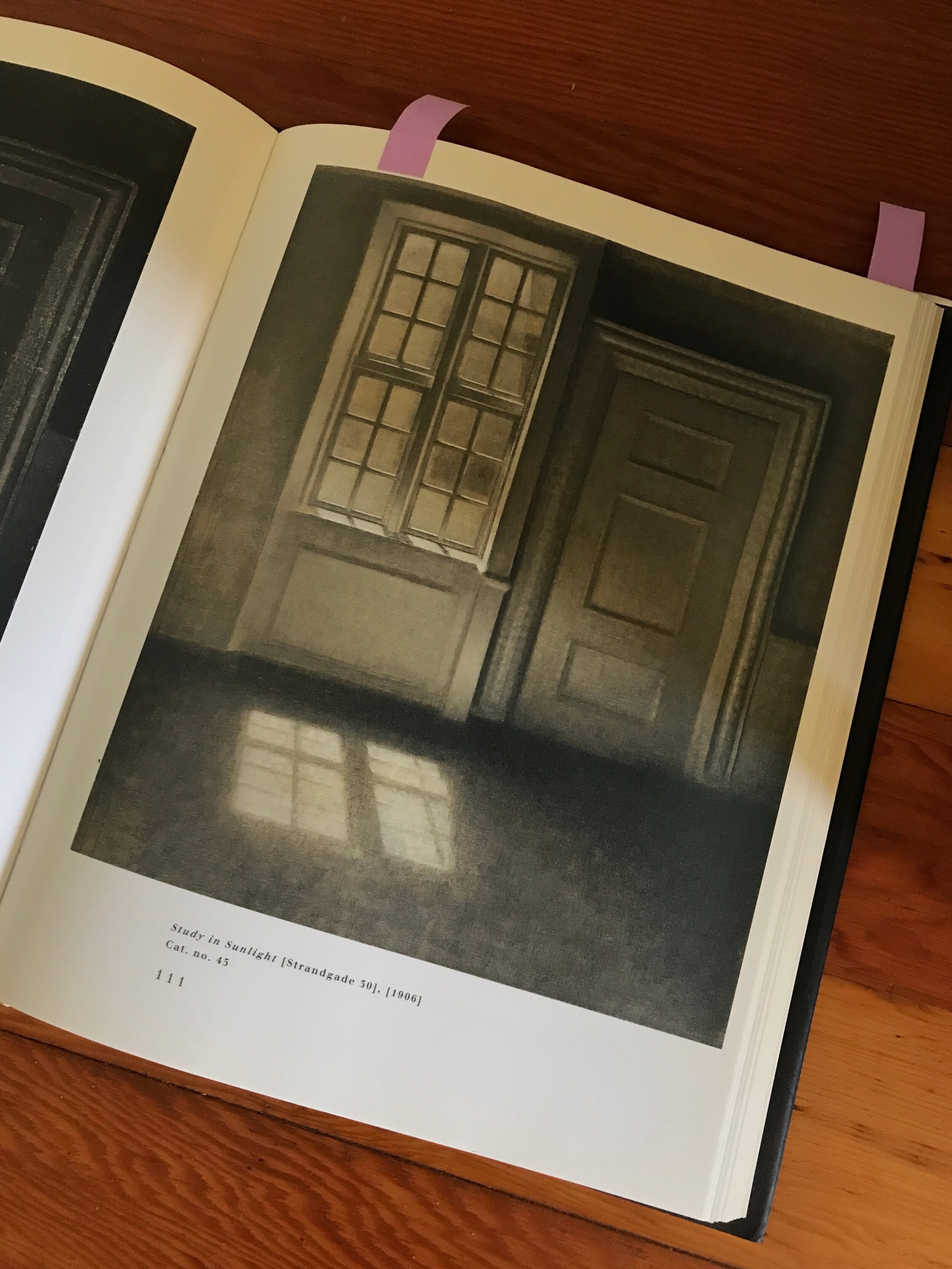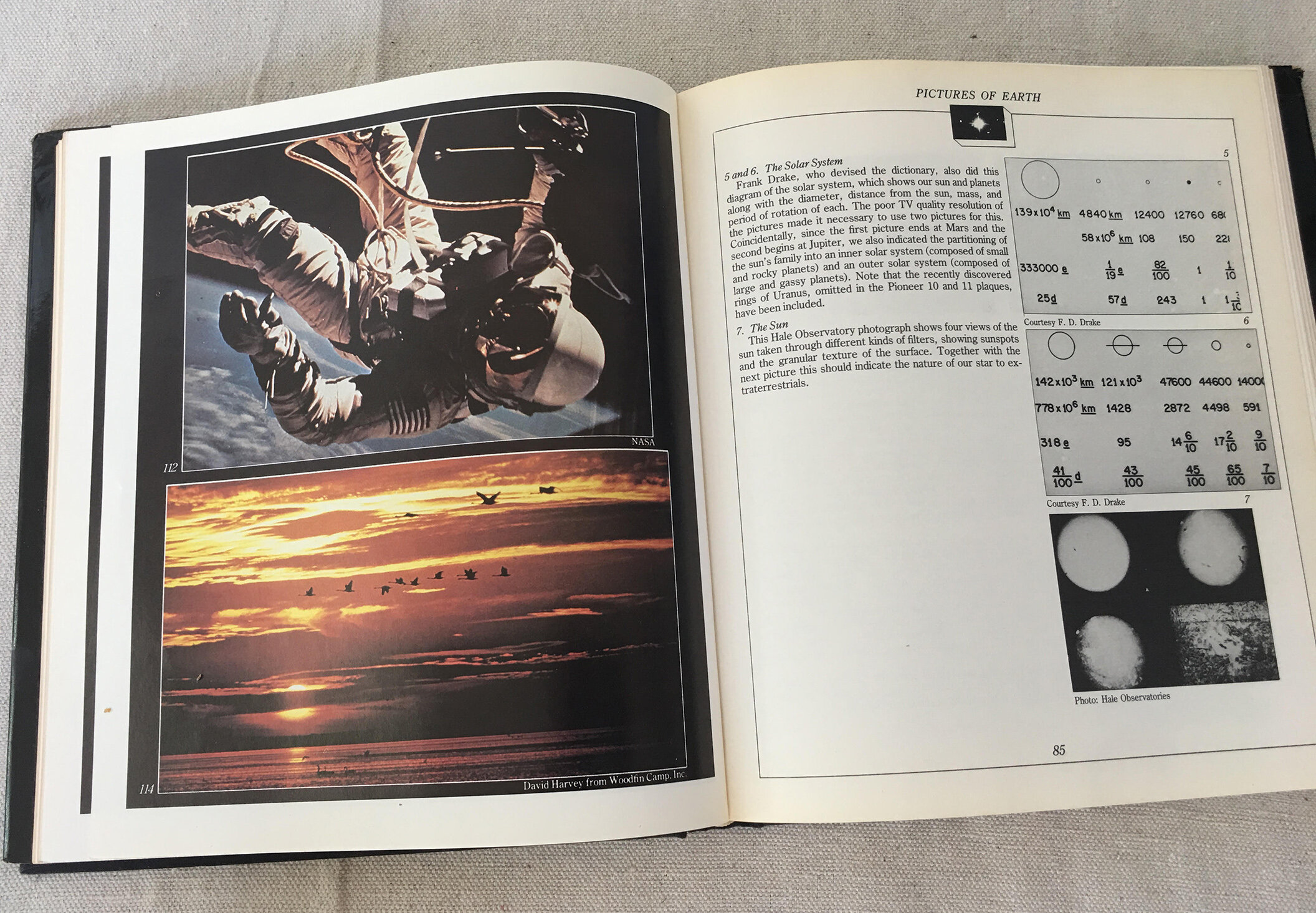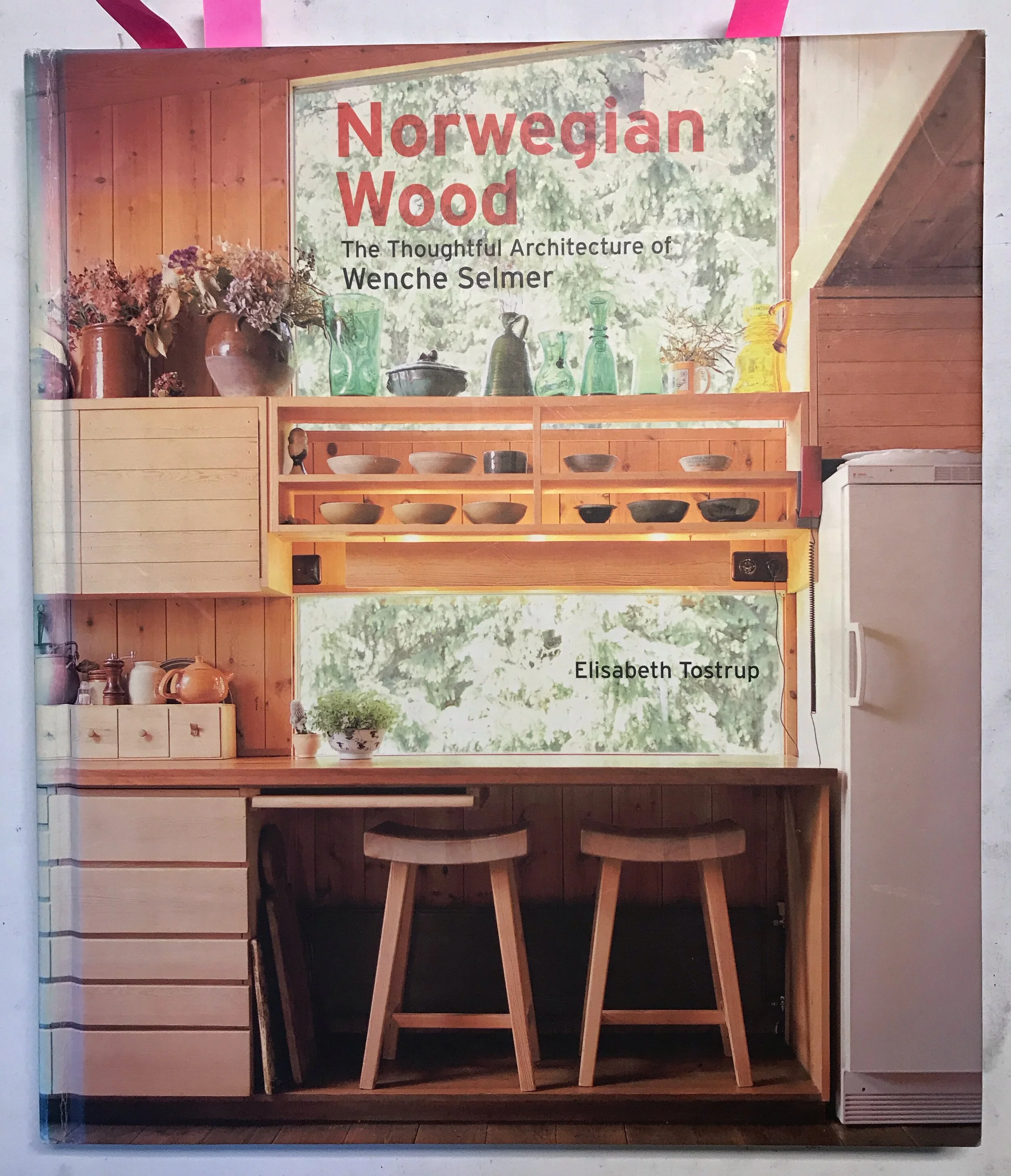Inspirations: Six Books: Season 1 Episode 11
Katie and Dawn discuss three books each that inspire their design approach and practices.




The selected books paired naturally into three groups. The first book pairing is the more visual of the bunch. Dawn leads off with her choice of Art Forms in Nature by Ernst Haeckel — Prestel Publishing, LTD, a member of Verlagsgruppe Random House FSC. Ernst Haeckel was a doctor, marine biologist, zoologist and inventor with the eye and skill of an artist. The special interest of the doctor focused on unusual marine shapes. *“He not only investigated them as ornamental marvels but also afforded them pride of place in his plates.” His illustrations, with their meticulous attention to detail, are just as intriguing and mysterious today as they were when he created them a century ago.
* Copy editing: Michael Pilewski * The lithographer Adolf Glitsch (1852-1911) created the plates with their impressive structural patterns according to Ernst Haeckel’s strict requirements.



The most visual of the books Katie selected is Vilhelm Hammershoi 1864-1916 Danish Painter of Solitude and Light. Hammershoi was a late 19th century/early 20th century Scandinavian painter frequently compared to Vermeer. The subdued palette and quiet turn-of-the-century Scandinavian interiors beautifully capture daylight traveling through spartan domestic space. Some of the paintings demonstrate the appeal of enfilade design in which doorways or window openings are (somewhat) aligned, drawing an occupant or viewer toward a vista. The spatial imagery communicates a sense of winter calm and perhaps some of the everyday mystery of daylight streaming in through a distant window.




The book Dawn selected for the second pairing is Murmurs of Earth / The Voyager Interstellar Record by Carl Sagan, F.D. Drake, Ann Druyan, Timothy Ferris, Jon Lomberg, Linda Salzman Sagan — Publisher: Random House. In 1977 two spacecrafts named Voyager were launched to explore the solar system beyond the neighborhood of the outer planets to the outer limits of our sun’s sphere of influence. Each craft holds a phonograph record of our planet, ourselves, our civilization — 90 minutes of the world’s greatest music, and greetings in 60 languages. This book was written by those responsible for the contents of this record. In the words of Carl Sagan: “ No one sends such a message on such a journey without a positive passion for the future. For all the possible vagaries of the message, any recipient could be sure that we were a species endowed with hope and perseverance, at least a little intelligence, substantial generosity and a palpable zest to make contact with the cosmos.” This mission is expected to continue until 2025.



Katie’s next book selection, A Pattern Language by Christopher Alexander, Sara Ishikawa, Murray Silverstein, with Max Jacobson, Ingrid Fiksdahl-King, and Shlomo Angel, in comparison with Murmurs of Earth, could be seen as a somewhat scientific communication of why we enjoy the towns, buildings, and construction details that we do, here on earth. Containing 253 patterns (described and/or illustrated) — starting broadly from patterns of towns, then narrowing a bit to patterns of buildings, and then focusing in on patterns of construction — Alexander’s book is at once practical and poetic. It reveals the well-considered patterns often hiding in plain sight. Patterns that we may intuit are here depicted and defined.



The book Dawn chose for the last pairing is The Wabi-Sabi House, the Japanese Art of Imperfect Beauty by Robyn Griggs Lawrence (former editor-in-chief of Natural Home magazine 1999-2010) — Publisher: Clarkson Potter. Wabi Sabi — humble beauty in the natural progression of time — is a distinctly Japanese sensitivity to natural processes and materials, and to the pleasures of simplicity. Robin Griggs Lawrence encourages us: “Slow down and recognize beauty in what may seem ordinary. Strip away excess in order to create a nurturing retreat from a hectic world. This is not a decorating style but a mindset. Consider decluttering, quieting your house and maybe learn to let go of our media-driven need for the perfect home. All of these will bring vestiges of the harmony and peace we’re seeking through wabi-sabi.”
It just so happens that “wabi sabi” is one of the characteristics of captivating cottages that Katie identifies in her second book The New Cottage (from the Taunton Press). In Katie’s book, it’s characteristic number nine and defined partly as “the beauty inherent in impermanence… A cottage designed for today embraces wabi sabi perhaps, in part, because it underscores the informality of cottages and their place in a real and ever-evolving natural environment in which impermanence is part of the natural cycle.”



Katie’s choice for the third book pairing, interestingly, also reflects an affinity for the simplicity often reflected in a Japanese aesthetic and approach. The Art of Simple Living by Shunmyo Masuno presents “100 Daily Practices from A Japanese Zen Monk for a Lifetime of Calm and Joy”. Organized into four sections, Masuno presents daily practices or patterns for living that Katie sees relating in some ways to Christopher Alexander’s A Pattern Language. Like Alexander’s tome, Masuno’s book identifies habits or patterns of living that we may intuitively understand which are made clear by his attention to name and describe or define them. The subtitles for the four sections of the book are:
“Try making a subtle shift in your habits.”
“Try changing your perspective.”
”Try changing how you interact with others.”
“Try shifting your attention to the present moment.”
All wonderful and welcome advice.






